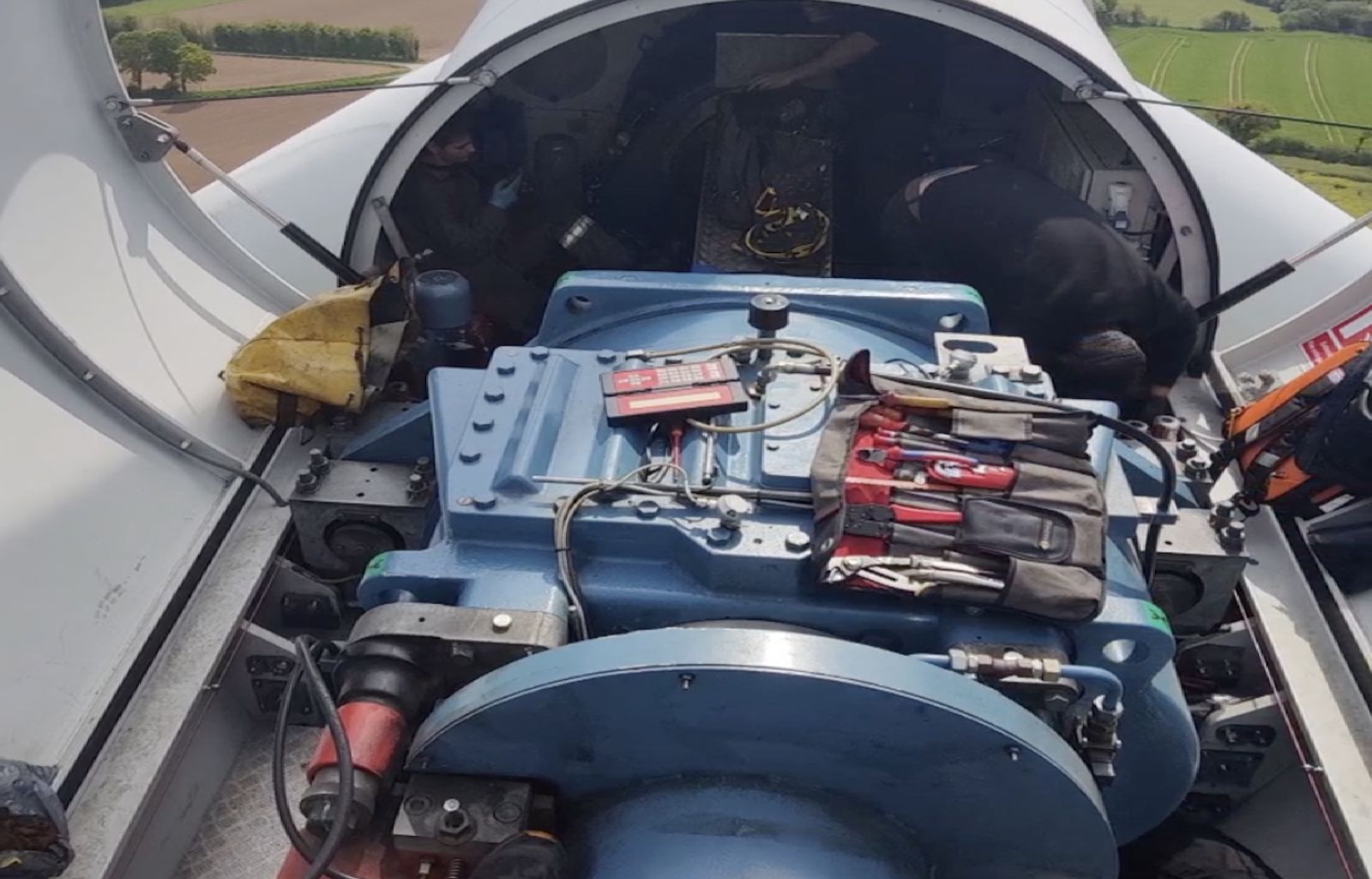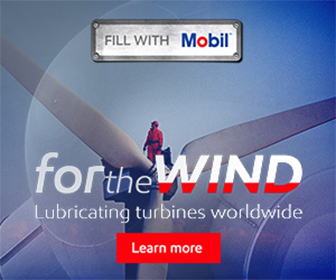Turbine Technology Assurance: A new frontier amidst rapid growth in the offshore wind sector
We have seen an unprecedented pace of wind turbine technology evolution in the past decade, driven by an operator-based need to reduce the levelized cost of energy (LCOE) ahead of looming net zero 2050 targets.
New turbines come with a great variety of designs, increasing in complexity to balance increasing power ratings and CAPEX. These innovations have thus far delivered significant reductions in LCOE, but they also face compressed design and prototyping cycles, and come with a reduced field track record. As a result, higher rates of early design failures and longer replacement times for components now plague windfarms both on and offshore.
.jpg)
Floating offshore technology, for example, showed a lot of promise in delivering wind energy to previously inaccessible areas, but remains challenging for cost effective operations and maintenance. The remote nature of floating turbines means major component replacements are more complicated. In the UK, for instance, turbines must be towed to other European countries as domestic port infrastructure isn’t yet advanced enough.
You will often hear this referred to as the ‘bathtub curve’. New designs are trialed with an initial flurry of issues expected, until design analysis allows identifying sensitivities which may have been overlooked. Once detected, these can be fixed; the expected number of failures will decrease, settling into a constant failure rate at lower levels until an asset begins to age, and failure rates increase again. With the record installed capacity in 2023, and significant aging fleet, wind operators must deal with managing reliability on existing fleet as well as early design issues with new turbines. Digital technologies have a key role to play in managing reliability issues, regardless of the life stage.
You don’t have to look far to see the impact of this. A major industry player recently suffered an unfortunate string of high-profile malfunctions that were widely documented. Wind asset advisory groups have recognized reliability concerns as a key obstacle to securing investment in the industry, for both lenders and developers.
Tackling these emerging issues requires using the toolkit available, and starting with data. Early implementation of digital technologies that allow assets’ performance and health to be monitored can remove this new level of uncertainty around project profitability.

Predictive maintenance technologies (PdM) in particular can play a fundamental role in maximizing component value throughout a turbine life cycle. By ensuring planned maintenance, reducing turbine downtime, and ultimately avoiding catastrophic failures, it has been shown that the implementation of PdM on an onshore site can provide an almost three-fold return on investment.
Utilizing organizations that can independently provide products and services to enable predictive maintenance will reduce the burden on operator O&M budgets from the outset. Available services include a free database covering more than 75 GW of installed wind capacity, and over 20,000 turbines.1 Across these turbines, over 9,000 faults have been identified to date, demonstrating the value in adoption digital applications. The early intervention allowed by CMS is vital in this period of rapid expansion for the wind industry, providing room for learnings to inform new design cycles moving forward.
While the fast deployment of advanced renewable technology is inarguably required for the UK’s net zero 2045 target to be within touching distance, there has been definite consequence for the speed of growth the industry has been forced through. As the industry looks to extend the operational capacity of turbines, we must acknowledge that we don’t yet have an accurate assessment of potential drawbacks.
Condition monitoring software, a key discipline of predictive maintenance, is a crucial factor in enabling a thriving, long-term future for the wind sector. To improve the industry’s chances of capitalizing on the ‘green boom’, we must become more investable, and that requires improving the confidence in assets’ operation.
.jpg) Evgenia Golysheva is Vice-President Strategy and Operations at ONYX Insight. ONYX Insight monitors 20000+ wind turbines in 30 different countries, and carries out over 75GW of due diligence projects.
Evgenia Golysheva is Vice-President Strategy and Operations at ONYX Insight. ONYX Insight monitors 20000+ wind turbines in 30 different countries, and carries out over 75GW of due diligence projects.
ONYX Insight | onyxinsight.com
1 https://onyxinsight.com/failure-atlas/
Author: Evgenia Golysheva
Volume: 2024 September/October









